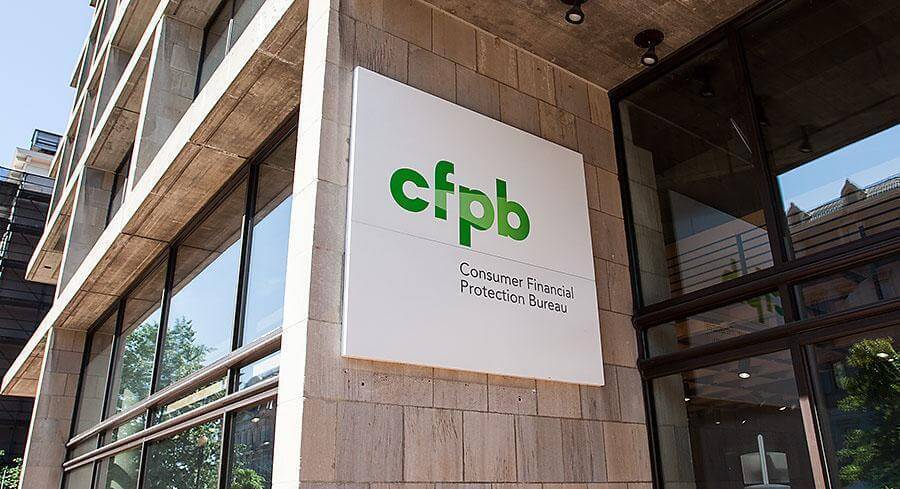
One of the most impactful elements of the Dodd-Frank Wall Street Reform and Consumer Protection Act was its requirement that mortgage lenders make “a reasonable, good faith determination” of a borrower’s “ability to repay”. The Consumer Finance Protection Bureau (CFPB) has issued an Advanced Notice of Proposed Rulemaking that could have a chilling impact on mortgages for first time homebuyers and working families throughout America.
The Qualified Mortgage Rule (QM) was designed to address one of the most important factors contributing to the housing crash of 2008 and the subsequent Great Recession. Many of the toxic mortgages that turned the American Dream into a nightmare for millions of families ignored or minimized critical factors like income, debt and even employment. The worst of these loans, known officially as “Alt-A” or “Stated Asset, Stated Income” were better known behind the scenes as “Liars’ Loans.” As one colleague said to me after the crisis, “we couldn’t imagine that so many people getting Liars’ Loans were lying!”
This regulation sought to create a special class of mortgages that would have the equivalent of a Good Housekeeping Seal of Approval. It would prevent borrowers from getting loans they couldn’t repay while protecting lenders from lawsuits the recipients of these QM loans failed to repay. Mortgages that met the QM requirements and had a reasonable mortgage rate defined by the rule would receive a safe harbor from lawsuits alleging violation of the regulation. Those that were more expensive but also met the QM standard qualified for a “rebuttable presumption,” a much lower standard that could still lead to expensive litigation, regardless of the outcome.
QM mortgages also had to meet strict product standards that excluded key features of the toxic mortgages that played such a large role in the housing crisis. These included terms like negative amortization, interest only payments and teaser rates that when reset virtually guaranteed foreclosure. In fact, when the Trump administration consulted with dozens of lenders in its effort to reduce Dodd- Frank regulations, the overwhelming majority argued in support of the product restrictions, as they protected them from having to compete with the industry’s lowest common denominator over market share.
But the rule went too far in a critically important area. QM loans also had to satisfy one of three additional criteria, and here the rule went badly off track. To qualify for QM treatment, the debt to income ratio (DTI) could not exceed 43 percent or be eligible for purchase by small insured depositories (total assets under $10 billion) if the mortgage was held in portfolio. A third exception was also included. The mortgage had to be eligible for purchase by Fannie Mae, Freddie Mac, the Federal Housing Administration (FHA), the Department of Veterans Affairs (VA), or the Department of Agriculture Rural Development Agency (USDA-RDA). The exception for government-backed loans was permanent, but the Fannie Mae and Freddie Mac exception was set to expire by January 10, 2021, or their release from conservatorship, whichever came first.
This unique treatment of Fannie and Freddie loans is called the QM Patch and the CFPB’s proposed rule has recommended eliminating it. What’s wrong with a DTI of 43 percent? It’s a reasonable question. As Karan Kaul and Laurie Goodman found in their research paper on this issue, evidence from historical default rates prove the DTI ratio is not the best predictor of default. Furthermore, they found that the share of QM loans with DTI ratios over 43 percent “has risen mainly because the widening gap between house price appreciation and wage growth has forced homebuyers to borrow more in comparison with incomes.”
While serving as a senior policy advisor at the Treasury Department, I joined several of my colleagues in arguing against this part of the QM rule. Multiple factors are balanced into an overall mortgage score to predict actual loan performance in the modern housing finance system. Looking at DTI alone is about as modern as a cell phone that weighs two pounds and fits in a briefcase. But it is easier than addressing the reality of the modern mortgage market, so regulators, many with no experience originating loans, went with the easily understandable, but largely inaccurate indicator.
Eliminating the QM Patch would also have significant unintended consequences of reducing mortgage lending – and ultimately the homeownership rate – even further and driving the loans that are made into government programs, are fully backed by taxpayers and have a much worse record of loss mitigation (getting delinquent loans back into regular payment rather than foreclosure). Urban Institute estimates that “about one in five GSE-backed mortgages originated in 2017 had a DTI ratio over 43 percent, and approximately one in two FHA or VA mortgages had a DTI ratio over 43 percent.” That’s a lot of loans.
NHC will write a strong comment letter against this irresponsible and poorly thought-out rule and will ask our 235 members to join us. We hope you will be one of them.

